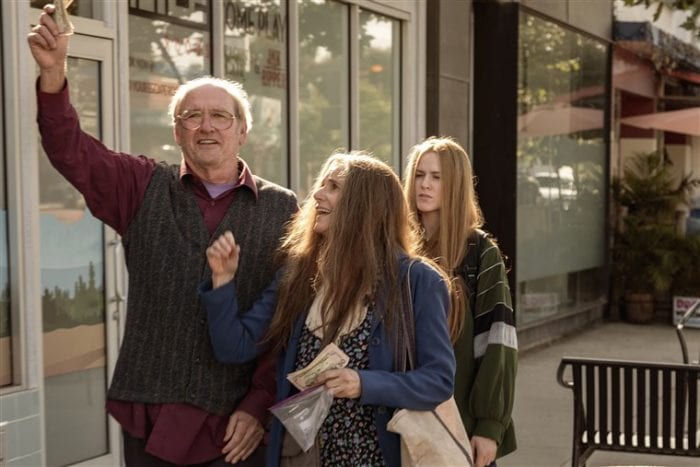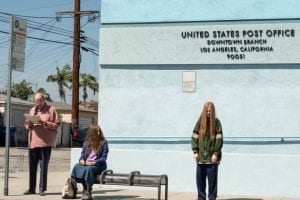By Daniel Dunaief
If doctors could somehow stick numerous miniature flashlights in human bodies and see beneficial or harmful reactions, they would be able to diagnose and treat people who came into their offices.
That’s what Vanessa Sanders, Assistant Scientist at Brookhaven National Laboratory, is working to develop, although instead of using a flashlight, she and her colleagues are using radioisotopes of elements like arsenic. Yes, arsenic, the same element at the center of numerous murder mysteries, has helpful properties and, at low enough concentrations, doesn’t present health threats or problems.
Arsenic 72 is useful in the field of theranostics, which, as the name suggests, is a combination of therapeutics and diagnostics.
Isotopes “allow us to observe visual defects and through using these radioactive agents, we can also observe the functionality of organs,” Sanders explained in an email. These agents can assist in diagnosing people, which can inform the treatment for patients.
What makes arsenic 72 and other radioisotopes helpful is that they have a longer half-life than other isotopes, like fluorine 18, which only lasts for several minutes before it decays. Arsenic-72 has a half life of 26 hours, which matches with the life of an antibody, which circulates through bodies, searching for targets for the immune system. The combination of arsenic-72 and arsenic-77 allows the former to act as a diagnostic agent and the later as a therapeutic partner.
By attaching this radioisotope to antibodies of interest, scientists and doctors can use the decay of the element as a homing device. Using Positron Emission Tomography, agents allow for the reconstruction of images based on the location of detected events.
“When you want to use an antibody as a target for imaging, you want an isotope that will be able to ride with the antibody and accumulate at an area of interest,” Sanders said.
A radiochemist, Sanders is working to develop systems that help researchers and doctors diagnose the extent of problems, while also tracking progress in fighting against diseases. She is working to produce arsenic-72 through the decay of selenium-72.
Using the Brookhaven Linac Isotope Producer, scientists produce selenium-72. They then create a generator system where the selenium 72 is absorbed onto a solid substrate. As it decays, the solid substrate is washed to obtain arsenic-72.
Sanders is hoping to create a device that researchers could ship to clinical institutions where institutions could use arsenic-72 in further applications.
The system BNL is creating is a research and development project. Sanders and her colleagues are working to optimize the process of producing selenium-72 and evaluating how well the selenium, which has a half life of eight days, is retained and how much they can load onto generators.
“We want [arsenic 72] in a form that can easily go into future formulations,” Sanders said. “When we rinse it off that column, we hope to quickly use it and attach it to biomolecules, antibodies or proteins and use it in a biological system.”
With the increasing prevalence of personalized approaches to diseases, Sanders explained that the goal with these diagnostic tools is to differentiate the specific subtype.
A person with pancreatic cancer, for example, might present a specific target in high yield, while another patient might have the same stage cancer without the same high yield target.
“We want to have different varieties or different options of these diagnostic tools to be able to tailor it to the individual patient,” explained Sanders.
Cathy Cutler, Director of the Medical Isotope Program at BNL, said the isotopes Sanders is working on “have a lot of promise” and are “novel.” She described Sanders as “very organized” and “very much a go-getter.”
Cutler said the department feels “very lucky to get her and have her in the program.”
In her group, Sanders explained that she and her colleagues are eager to develop as many radioisotopes as possible to attach them to biomolecules, which will enable them to evaluate disease models under different scenarios. Other researchers are working with arsenic-77, which acts as a therapeutic agent because it emits a different particle.
Scientists are working on a combination of radioisotopes that can incorporate diagnostic and therapeutic particles. When the arsenic 77 destroys the cells by breaking the DNA genetic code, researchers could still observe a reduction in a tumor size. Depending on the disease type and the receptor targeted, scientists could notice a change by observing less signal.
Sanders is working on attaching several radioisotopes to biomolecules and evaluating them to see how well they are produced and separated.
“We make sure [the isotope] attaches to the thing it’s supposed to stick to” such as an antibody, she said.
A resident of Sound Beach, Sanders grew up in Cocoa, which is in central Florida. When she was younger, she wanted to be a trauma surgeon, but she transitioned to radioisotopes when she was in college at Florida Memorial University. “I liked the problem solving aspect of chemistry,” she said. While she works with cancer, she said she would like to investigate neurological diseases as well.
Sanders, who has been living on Long Island since 2017 when she started her post doctoral work at BNL, enjoys the quieter, suburban similarities between the island and her earlier life in Florida.
At six feet, one and a half inches tall, Sanders enjoys playing center on basketball teams and, prior to the pandemic, had been part of several adult leagues in the city and on Long Island, including Ladies Who Hoop and LI Hoops. She is also involved in a sorority, Zeta Phi Beta Sorority Inc, that contributes to community service efforts.
Sanders and her fiancee Joshua Morancie, who works in IT support, had planned to get married in July. They set a new date in the same month next year. If the pandemic continues to derail their party plans next year, the couple plan to wed in a smaller ceremony.
As for radioisotopes, Sanders hopes people become inspired by the opportunities radioisotopes provide for science and medicine.
“There are so many good things that come out of radioisotopes,” Sanders said. “There are so many promising advantages.”



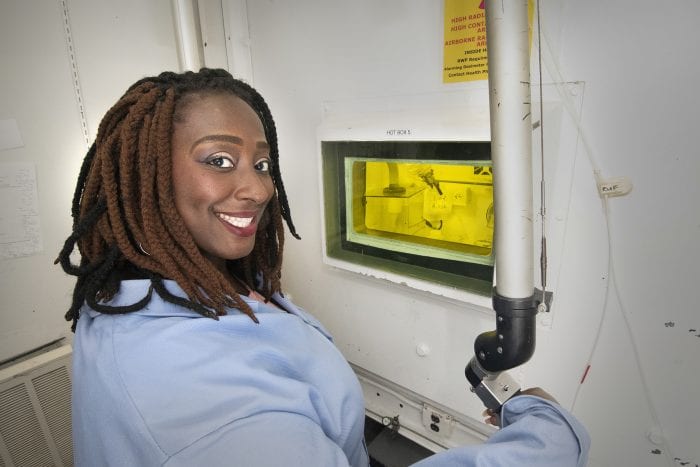



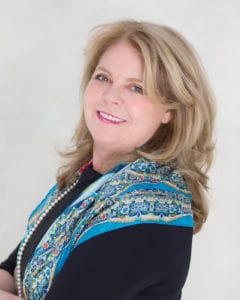

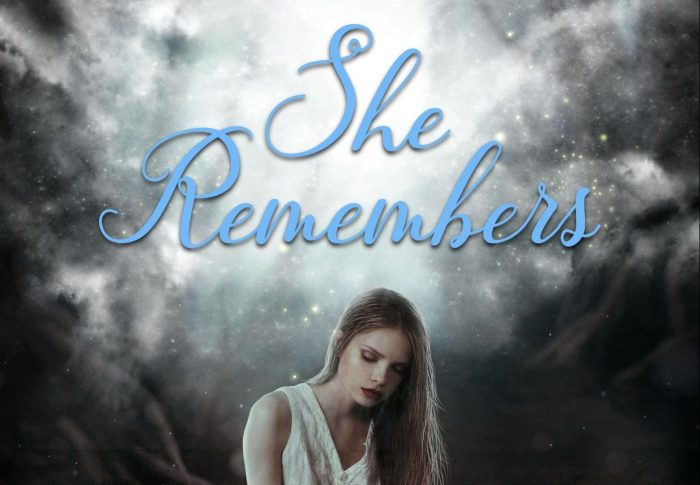

 Did you publish this book the same way?
Did you publish this book the same way?
